Getting from Qubit to Mega-Qubit Quantum Computers with Radio Frequency (RF) Calibrations
Description
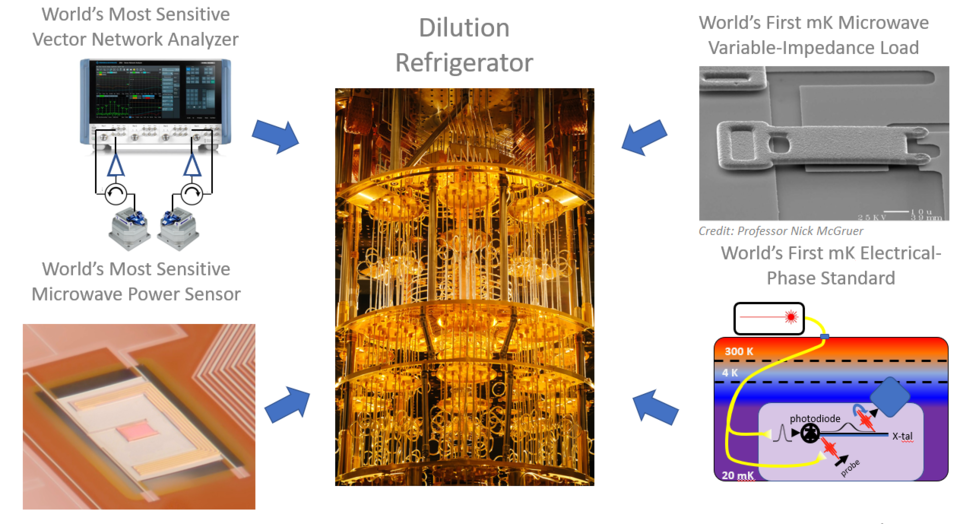
Each Aspect a Remarkable Accomplishment - Together, a Game Changer1
“Getting from Qubit to Mega-Qubit Quantum Computers with RF Calibrations” is a multi-laboratory effort to develop precision radio frequency measurements in the coldest and darkest places on the planet, cryostats and dilution refrigerators. The projects in this multi-laboratory effort are focused on developing ultrasensitive calibrated cryogenic on-chip microwave measurements that are essential for understanding, designing, testing and scaling the microwave circuits that surround, initialize, control, couple and readout the qubits that are at the core of electrically-based quantum computers.
Modern network analyzers at microwave frequencies are unique and indispensable tools for making measurements, developing accurate models and verifying designs. They characterize scattering parameters, impedances, voltage and current waveforms, nonlinear distortion and noise with a single instrument; the exact capability needed within a dilution refrigerator! This project is devoted to bringing NIST’s expertise regarding these measurement capabilities into cryostats and dilution refrigerators to characterize nonlinear cryogenic devices and microwave signals with many orders of magnitude greater sensitivity than currently possible.
Potential Impact
This project will deliver a network analyzer and on-chip calibration artifacts for electrical phase, power, and noise-parameter calibrations for scaling quantum computing to millions of qubits.
Technical Plan:
NIST is working on developing the world’s most sensitive millikelvin vector network analyzer along with the precision artifacts required to calibrate it, the world’s first millikelvin microwave electrical-phase standard, the world’s most sensitive microwave power sensor and, the world’s first millikelvin microwave variable-impedance load. These projects will revolutionize integrated-circuit test at cryogenic temperatures and promise to lead to fundamental breakthroughs in measurement science.
World’s Most Sensitive Network Analyzer
NIST is working on the development of an ultrasensitive front-end and a fully automated wafer-probing apparatus for direct on-chip measurements from 10 kelvin (K) to millikelvin temperatures. Nearly-quantum-limited parametric amplifiers are placed close to the device reference plane in order to measure the lowest signal and noise levels possible. Success will require developing more robust SQUID and parametric traveling-wave, and reflection amplifiers to improve stability, dynamic range and bandwidth. These improvements will be important not just for this IMS, but for the next generation of multi-qubit readout applications. Impedance and scattering-parameter calibrations will be based on cryogenic on-chip niobium scattering-parameter calibration kits that the group developed previously for use at 4 K.
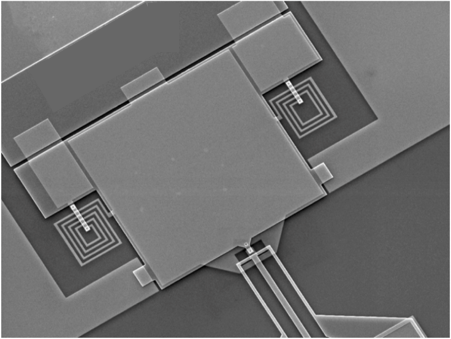
World’s First Millikelvin Electrical-Phase Reference
NIST's focus for this project is on the development of the world’s most sensitive vector network analyzer for on-chip probing. It will be equip to perform scattering-parameter, modulated-signal, nonlinear and noise-parameter measurements.
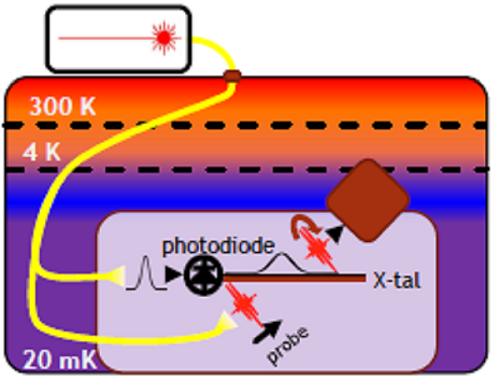
World’s Most Sensitive Microwave Power Sensor
NIST is investigating two complementary solutions in a high-risk aspect of the project in which microwave power levels used in superconductor and semiconductor-based quantum computing are extremely low, typically six-orders-of-magnitude lower than what current room temperature detectors can measure. These power sensors will have fundamental applications in measurement science and allow rigorous calibration of the network analyzers at cryogenic temperatures over large dynamic ranges.
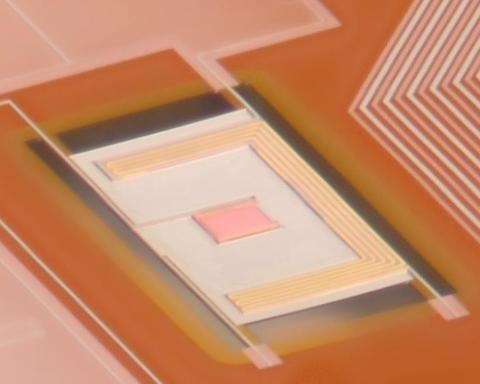
Cryogenic Noise Source and World’s First Controllable Millikelvin Variable-Impedance Microwave Termination
NIST is developing two tools for noise calibration: a calibrated noise source and a variable-impedance load. Because only a few microwave photons can be used to read a Josephson qubit or quantum dot, the noise performance of even the best superconducting components must be carefully optimized to avoid destroying the state of a quantum-computer’s qubits.
To characterize the full noise parameters of cryogenic circuits, which includes information on how to reflect noise at the input of the device to help cancel correlated noise at its output, the group is developing systems to supply different impedances at known millikelvin temperatures at the device’s input based on electrostatically-operated MEMS switches in microwave probes. Current challenges of using commercial MEMS switches include breakage due to differing coefficients of thermal expansion, excessive power dissipation and “stiction” due to freezing gasses.
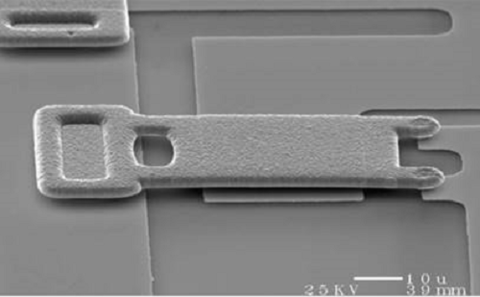
Meet the Team!
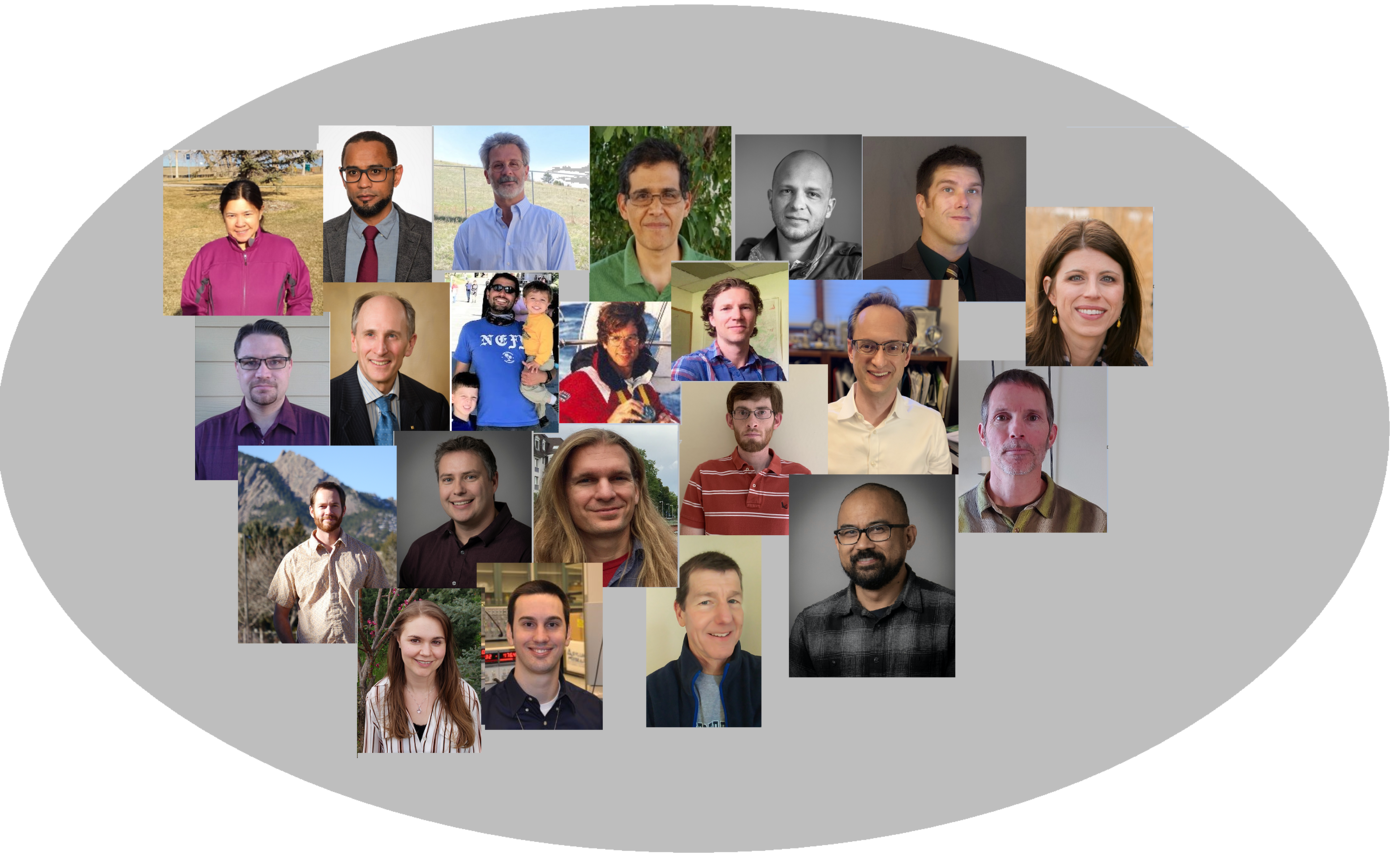
Publications
A. S. Boaventura et al., "Microwave Characterization of Superconducting Circuits," in Applied Superconductivity Conf., November 2018
Sources
1 We appreciate the permissions to use images from Attocube, FormFactor and Rohde & Schwarz USA. NIST does not endorse commercial products. Other products may work as well or better.

